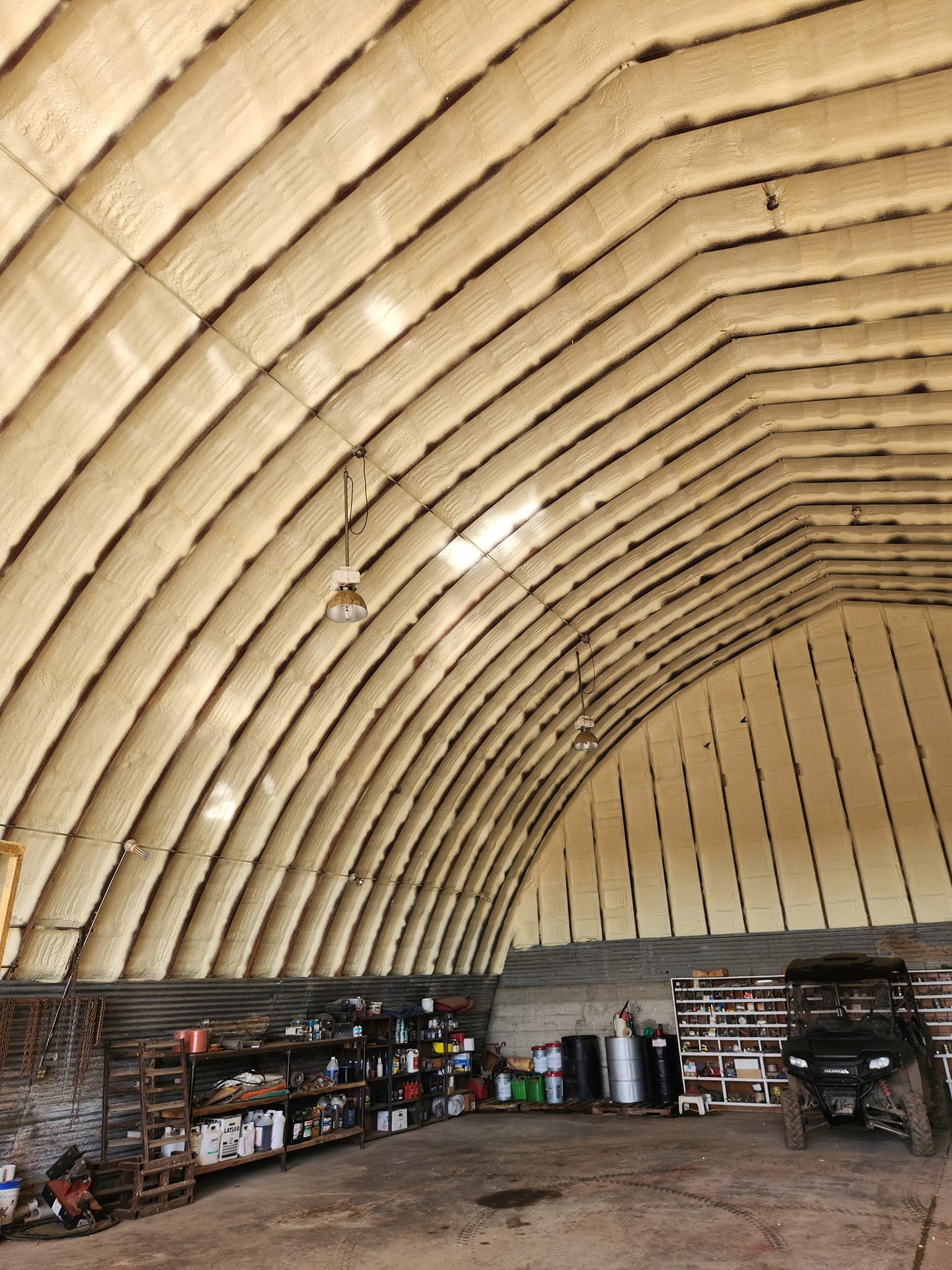
Breaking Down the Barriers: Why Traditional Insulation Methods May Not Be Enough Sep 12, 2025
Historically, homeowners have relied on materials like fiberglass or foam board for insulation. While these traditional methods have served their purpose over time, they often fall short in providing optimal energy efficiency, noise reduction, and indoor air quality. The reasons are varied; older methods typically leave gaps, allowing air leaks that reduce energy efficiency. Furthermore, materials like fiberglass can degrade over time and potentially release fibers into the air, affecting air quality.
Today's consumers demand more from their insulation solutions. With rising energy costs and a growing awareness of environmental impact, there's a need for advanced insulation systems that offer not only superior thermal performance but also enhance the overall quality of living spaces. At Non Typical Insulation, we specialize in innovative techniques designed to meet and exceed these expectations.
One key method gaining attention is spray foam insulation. This modern solution provides a more comprehensive seal against air leaks and boasts higher R-values compared to traditional materials, translating to better thermal performance. By expanding upon application, spray foam reaches into nooks and crannies that other materials might miss. This capability not only improves energy efficiency but also contributes to noise reduction, creating a more comfortable home environment.
Additionally, spray foam is renowned for its longevity and durability. Unlike traditional fiberglass, which can settle or be disrupted by pests, spray foam maintains its integrity for years, minimizing the need for frequent replacements and upkeep. Furthermore, spray foam offers benefits in terms of air quality. It does not shed particles in the way that older materials can, which is crucial for maintaining a healthy indoor environment, especially for those with allergies or respiratory issues.
Another alternative to consider is cellulose insulation, which is typically made from recycled paper treated for fire resistance. It offers an environmentally friendly option with a good balance of price and performance. Cellulose can be blown into walls, allowing for a tight fit that reduces gaps and improves thermal efficiency. Its composition also makes it generally resistant to pests, offering additional peace of mind.
Making the shift to modern insulation isn’t just about immediate benefits. It's an investment in your home's future value. Energy-efficient homes tend to attract savvy buyers willing to pay a premium for properties that promise lower utility costs and environmental impact.
In conclusion, while traditional insulation methods have historically mitigated cold and heat, they may not meet the demands of today’s savvy consumers. By opting for contemporary options like spray foam or cellulose, you not only enhance your home's energy efficiency and comfort but also contribute positively to environmental sustainability. Reach out to Non Typical Insulation today to learn more about how our innovative solutions can help you break free from the constraints of conventional insulation and support your journey toward a more sustainable future.
/filters:no_upscale()/filters:format(webp)/media/75eb1904-483e-4ef6-9eaa-dbecca9cd11b.jpg)
/filters:no_upscale()/filters:format(webp)/media/8c364dd0-aa90-4643-af98-68d347073b4f.jpg)